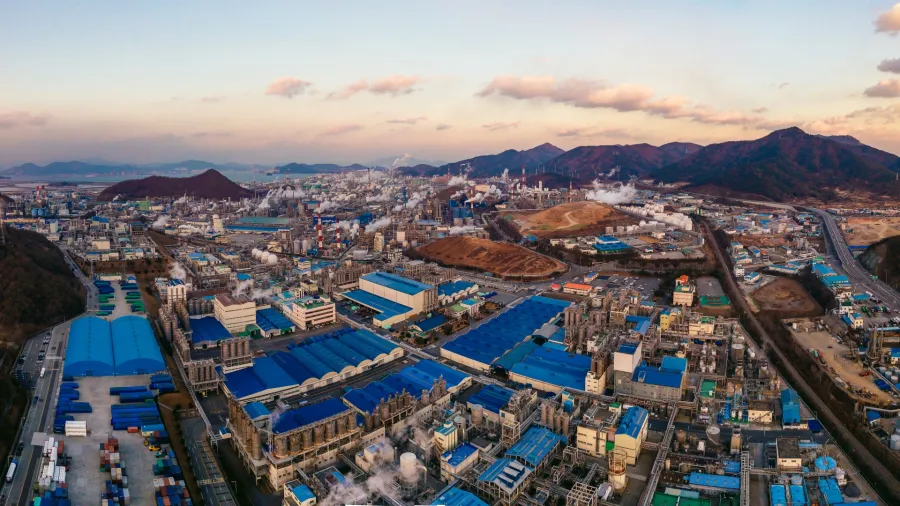
South Korean factory activity sees sharpest downturn since June 2023
Optimism has reached its softest level in 21 months.
The South Korean manufacturing sector deteriorated at the end of the third quarter of 2024, with the Manufacturing Purchasing Managers’ Index (PMI) falling into contraction at 48.3 in September, down from 51.9 in August, reflecting renewed declines in both output and new orders, S&P Global said.
“Firms opted to reduce workforce numbers while scaling back stock holdings and easing input purchases,” said Usamah Bhatti, an economist at S&P Global Market Intelligence.
Output and new orders, the two main components of the headline PMI, both experienced declines. New orders saw the sharpest drop in 15 months, as panel members cited a stagnating domestic economy and weak client confidence. New export orders also contracted for the first time this year.
Weak new order inflows were the primary reason behind the renewed contraction in output volumes. Although the decline was modest, it was the steepest in nearly a year.
September also saw the first reduction in factory employment in five months. The rate of job cuts was modest but the sharpest in one and a half years, with firms often attributing the decline in staffing to weak demand.
Manufacturers reported a further reduction in backlogs of work as subdued new order volumes allowed firms to focus on completing existing orders.
Whilst expectations for future production remained positive, they were at their weakest level since December 2022. Manufacturers commonly cited concerns that a stagnating domestic and global economy would weigh on the sector.
South Korean manufacturers increased purchasing activity for the 13th consecutive month in September, but the rise was modest and the weakest in six months. Stocks of purchases continued to decline at the sharpest rate since April, while holdings of finished goods also fell.
Supplier delivery times lengthened further in September, although the extent of delays was modest and the least pronounced in three months.
Cost pressures rose again, but the rate of input price inflation eased for the third consecutive month, reaching its lowest level since August 2023. With cost inflation easing, manufacturers reduced output prices for the first time in 13 months to stimulate sales.















